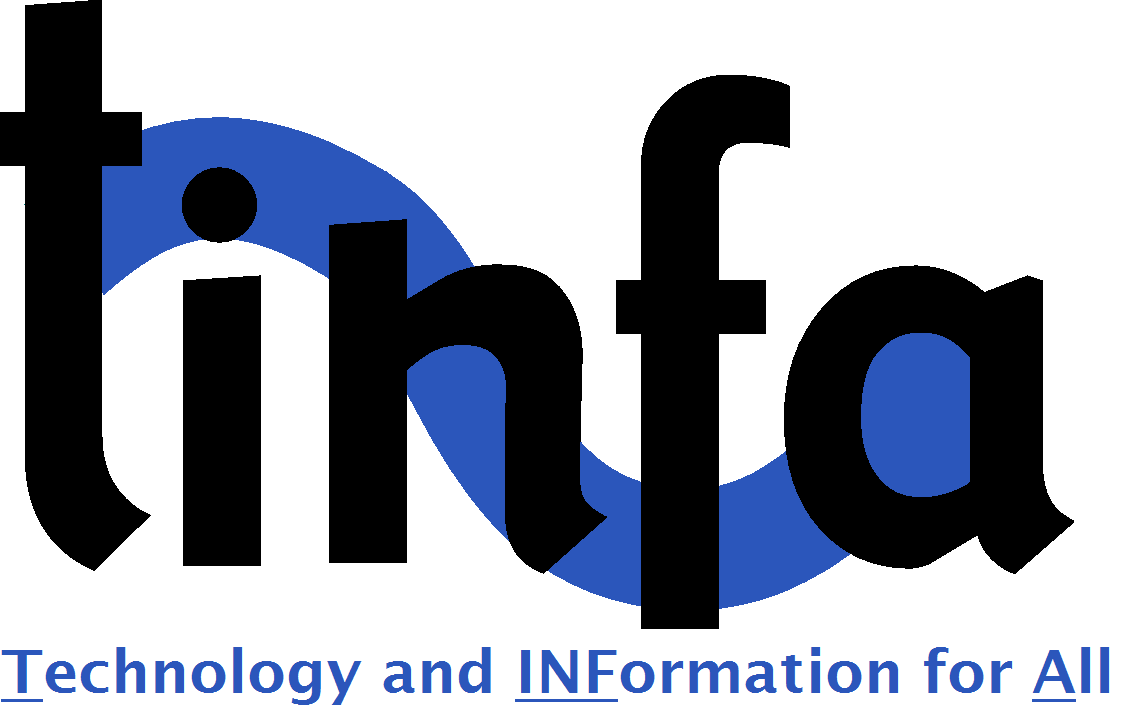Ruth Sales is the director of Escuela Nueva Esperanza, one of the eight “master schools” who have been invited back into the program as part of TINFA’s response to COVID crisis. Her school graduated from the two-year program in 2018, and Ruth stands out for her tireless energy and commitment to her role as educator and community leader. We reached out to her recently to talk about the past year, and her plans for 2021.
Nueva Esperanza is a rural school about 5 km outside the municipality of Al Acintal in the Department of Retalhuleu on the western Pacific slope of Guatemala. The community consists mostly of day laborers with seasonal work in agriculture, harvesting crops such as corn, mangos, and lemons. Many have relatives who take part-time jobs in the cities and send money home, but these income sources mostly disappeared during the COVID restrictions. Families are getting by with food rations supplied by the government, and by selling crafts and other items with which they can turn a small profit.
When we talked with Ruth in early March, her teachers had been back in the classroom for less than two weeks, their first in-person classes since the COVID restrictions began more than a year ago. She said that every student is now receiving at least one day of classroom instruction per week, and that lesson plans are progressing at the usual pace. Distributing each of the seven grade-levels (preschool to 6th grade) between five groups each (one for each weekday) ensures adequate social-distancing and means that if one kid gets sick, only those in their assigned group need be quarantined. She also said that the schedules ensure that every student gets their fair share of instruction in the school’s “virtual classroom” where the TINFA equipment is located.
When we asked what she hoped to get out of TINFA’s master school program, her tone changed. The serious administrator leaned back in her chair and grew more reflective. It had not been easy communicating the COVID protocols and classroom schedules to the families in this widely dispersed and rural community. Preparing lessons for distance learning—the worksheets and study materials that students would need for the four days a week they were not in the classroom—required new skills and longer hours from the teachers. Keeping the students motivated when removed from the social energy of the classroom and the one-on-one contact with their teachers was an enormous challenge. The technology and the training that TINFA provided had helped her school deal with all these challenges, but she said that the COVID crisis had dramatically increased its urgency and scope.
The booster year in the master school program would provide her school with some of the new skills which TINFA had been providing its active partner schools in 2020, such as virtual meeting and networking tools for online collaboration, tools for worksheet creation and production, etc. She has seen how the technology is a powerful motivating factor for keeping the kids in school, and she foresees the government’s telesecundario program (a distance learning program broadcast to the county’s rural communities) being supplemented with TINFA’s virtual classroom to produce a highly effective middle and high school program for her community. She is excited about connecting with other schools and collaborating on strategy and lesson plans. And, finally, she has seen the effect which the school’s access to technology has had on the parents. They are now more inclined to keep their kids in school because the opportunities that an education provides have been made less abstract for them, and its promises now seem more realistic and attainable.

